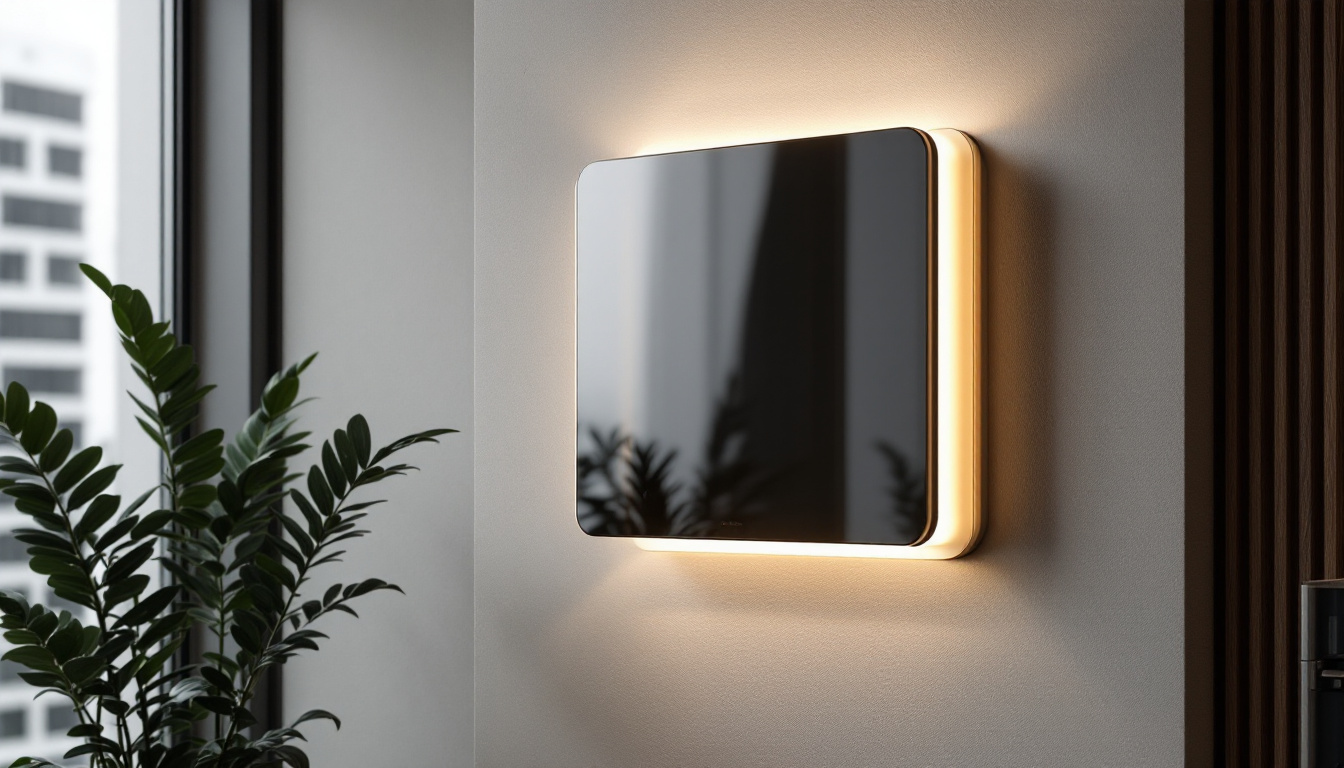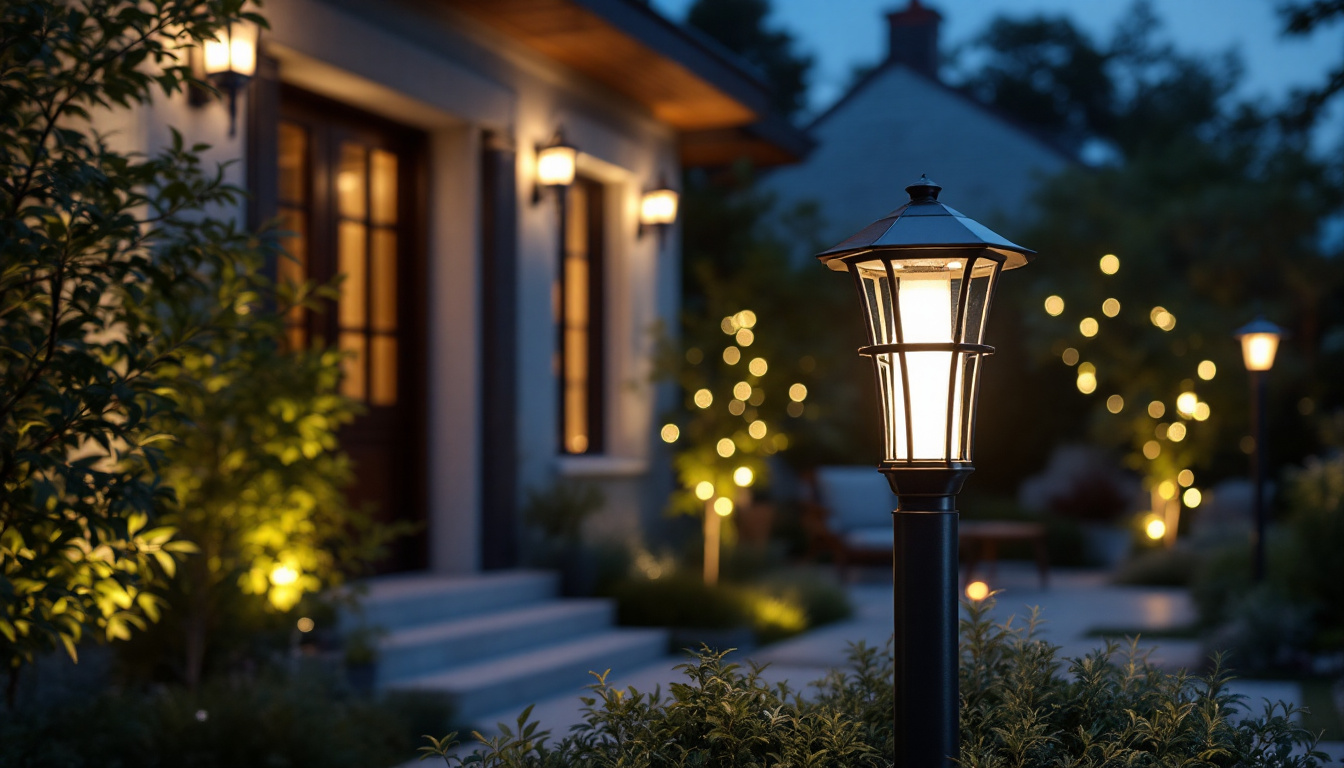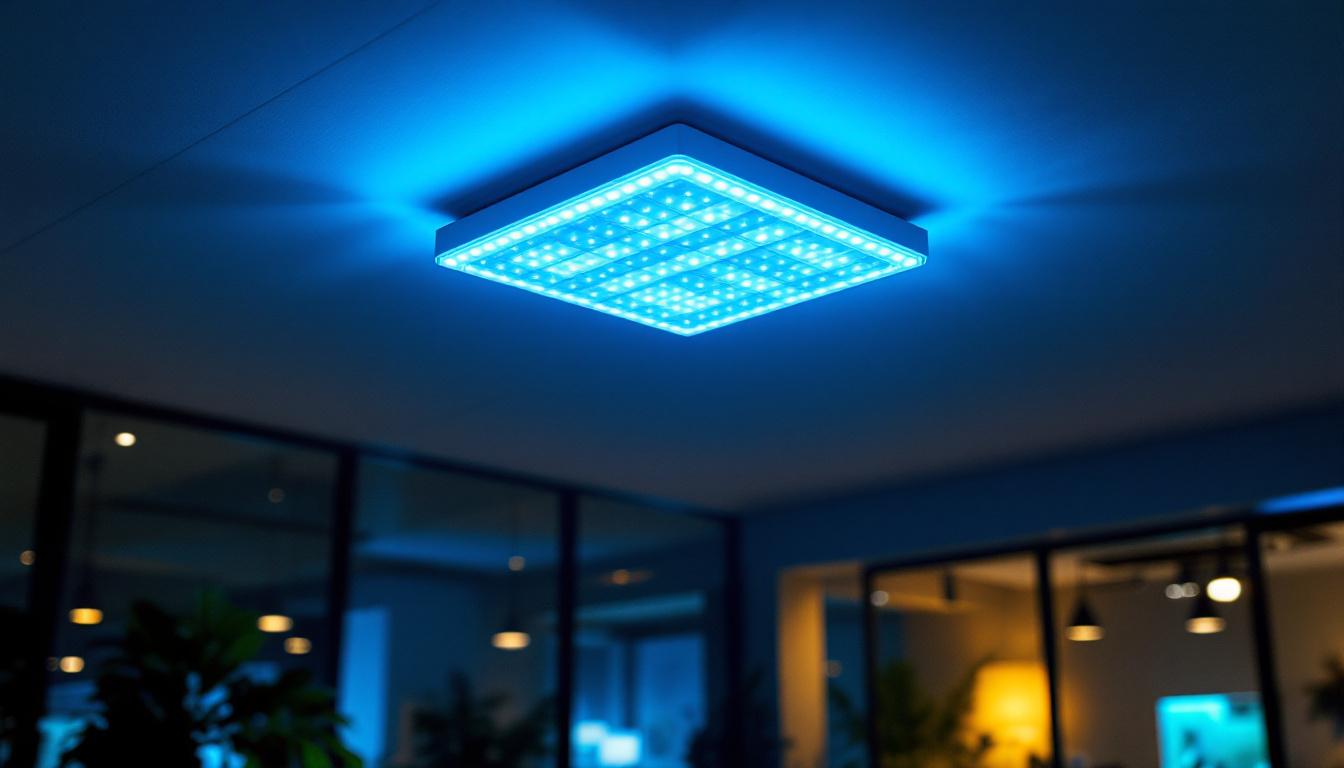
In the world of lighting design and installation, the importance of every component cannot be overstated. Among the myriad of elements that contribute to a successful lighting project, the wall shield often goes unnoticed. This seemingly simple accessory plays a crucial role in enhancing both the functionality and aesthetics of lighting systems. For lighting contractors, understanding the significance of wall shields can be the key to delivering exceptional results that meet client expectations.
Wall shields are protective barriers that are installed around lighting fixtures, particularly in environments where safety and durability are paramount. They serve multiple purposes, including safeguarding the fixture from physical damage, reducing glare, and enhancing the overall visual appeal of the lighting installation. In addition to their protective qualities, wall shields can also play a significant role in the overall design of a space, seamlessly integrating functionality with aesthetics.
These shields are not just practical; they can also be a design statement in their own right. With a variety of materials and finishes available, wall shields can complement the existing decor of a room or even serve as a focal point. For instance, a beautifully crafted frosted glass shield can add a touch of elegance to a modern dining area, while a rugged metal shield might enhance the industrial charm of a loft-style apartment.
Wall shields come in various forms, each designed to meet specific needs and applications. Common types include:
The incorporation of wall shields into lighting projects offers several advantages that can enhance the overall quality of the installation:
Furthermore, wall shields can be an integral part of a lighting control system, allowing for better light management in spaces that require varying levels of illumination throughout the day. For example, in office environments, wall shields can be designed to work in conjunction with smart lighting systems that adjust brightness based on natural light availability, enhancing both comfort and productivity for employees.
Wall shields are versatile and can be applied in a variety of settings, making them an essential consideration for lighting contractors. Understanding where and how to use them effectively can lead to better project outcomes.
In commercial environments, wall shields are often used in offices, retail spaces, and warehouses. They help protect lighting fixtures from potential damage caused by equipment, furniture, or foot traffic. Moreover, the right wall shield can enhance the overall aesthetic of the space, making it more inviting for customers and employees alike. For example, in a retail store, decorative wall shields can complement the brand’s image while providing essential protection. Additionally, they can be designed to match the store’s color scheme or theme, creating a cohesive look that attracts customers and encourages longer visits.
In residential settings, wall shields can be utilized in hallways, living rooms, and outdoor areas. They not only protect fixtures but also contribute to the ambiance of the home. For instance, a frosted glass wall shield can soften harsh lighting, creating a warm and welcoming atmosphere. Furthermore, they can be strategically placed to highlight artwork or architectural features, enhancing the overall design of the space. Homeowners may also choose wall shields with integrated dimming capabilities, allowing for adjustable lighting that suits various moods and occasions, from cozy family gatherings to lively dinner parties.
In industrial applications, durability is key. Metal wall shields are often employed in factories and warehouses where lighting fixtures are exposed to harsh conditions. These shields provide robust protection, ensuring that the lighting remains functional and safe in demanding environments. Additionally, they can be designed to withstand extreme temperatures, dust, and moisture, which are common in many industrial settings. The use of specialized coatings can further enhance their resistance to corrosion and wear, prolonging the lifespan of both the shields and the fixtures they protect. This level of durability not only reduces maintenance costs but also minimizes downtime, allowing for smoother operations in critical industrial processes.
When incorporating wall shields into lighting projects, several installation considerations must be taken into account to ensure optimal performance and safety.
It is essential to select wall shields that are compatible with the specific lighting fixtures being used. The size, shape, and mounting method of the shield should align with the fixture to ensure proper installation and functionality. A mismatch can lead to issues such as inadequate protection or compromised light quality.
Proper mounting techniques are crucial for the effective use of wall shields. Depending on the type of shield and fixture, various mounting methods may be employed, including screws, brackets, or adhesive options. Ensuring a secure fit will enhance the shield’s protective capabilities and longevity.
Regular maintenance and cleaning of wall shields are vital for preserving their appearance and functionality. Dust, dirt, and grime can accumulate over time, impacting light quality and aesthetics. Contractors should educate clients on the best practices for maintaining wall shields, ensuring they remain in optimal condition.
While wall shields offer numerous benefits, their implementation can also present challenges that lighting contractors must navigate.
The addition of wall shields can increase project costs, particularly if high-quality materials are chosen. Contractors must balance the benefits of wall shields against budget constraints, ensuring that clients understand the value they bring to the project.
In some cases, the design of a space may limit the use of certain types of wall shields. For instance, in areas with limited space, bulky shields may not be feasible. Contractors must be creative in finding solutions that meet both aesthetic and functional requirements.
Clients may not always understand the importance of wall shields in lighting projects. Lighting contractors have the responsibility to educate clients about the benefits and necessity of these components. Clear communication can help clients make informed decisions and appreciate the value of investing in wall shields.
As technology continues to evolve, so do the materials and designs used in wall shields. Staying informed about these innovations can provide contractors with a competitive edge in the market.
Emerging technologies have led to the development of smart wall shields that can integrate with lighting control systems. These shields can adjust light diffusion based on ambient conditions, enhancing energy efficiency and user comfort.
With a growing emphasis on sustainability, many manufacturers are now producing wall shields from eco-friendly materials. These options not only reduce environmental impact but can also appeal to clients who prioritize green building practices.
Customization is becoming increasingly popular in wall shield design. Contractors can now offer clients bespoke solutions that match their specific aesthetic preferences and functional requirements, enhancing the overall appeal of the lighting installation.
The role of wall shields in lighting projects is likely to evolve as trends in design and technology continue to change. Understanding these trends can help contractors stay ahead of the curve and provide clients with innovative solutions.
As homes become smarter, the integration of lighting systems with smart home technology is on the rise. Wall shields that can adapt to different lighting scenarios will play a crucial role in creating dynamic and responsive environments.
Design trends are increasingly leaning towards aesthetics, with clients seeking unique and visually appealing lighting solutions. Wall shields that enhance the overall design will be in high demand, pushing contractors to explore new materials and styles.
With a growing focus on sustainability, energy-efficient lighting solutions will continue to gain traction. Wall shields that contribute to energy savings by optimizing light distribution will become essential components in future lighting projects.
In summary, wall shields are a critical yet often overlooked component in many lighting projects. Their ability to enhance safety, aesthetics, and energy efficiency makes them an essential consideration for lighting contractors. By understanding the various types, benefits, and applications of wall shields, contractors can elevate their projects and exceed client expectations.
As the industry continues to evolve, staying informed about innovations and trends will ensure that contractors remain competitive and capable of delivering cutting-edge solutions. Embracing the importance of wall shields can ultimately lead to more successful lighting installations and satisfied clients.
Ready to take your lighting projects to the next level? At LumenWholesale, we provide lighting contractors with the highest quality wall shields and spec-grade lighting products at unbeatable wholesale prices. Say goodbye to local distributor markups and hello to a vast selection of reliable, high-performance lighting essentials that meet the strictest industry standards. With free shipping on bulk orders, you can stock up on everything you need while enjoying the best value. Don’t let hidden fees dim your project’s potential. Elevate your lighting installations with the perfect blend of quality, affordability, and convenience at LumenWholesale – your partner in achieving brilliantly successful lighting solutions.

Explore the pros and cons of LED post lanterns compared to alternative lighting options in this insightful guide for lighting contractors.

Discover the latest innovations in solar-powered camping lamps that are transforming outdoor lighting.

Discover the essential insights into 2X4 LED light fixture drop ceilings with this comprehensive guide.

Discover innovative cost-saving strategies for lighting contractors with outdoor solar lights for patios.